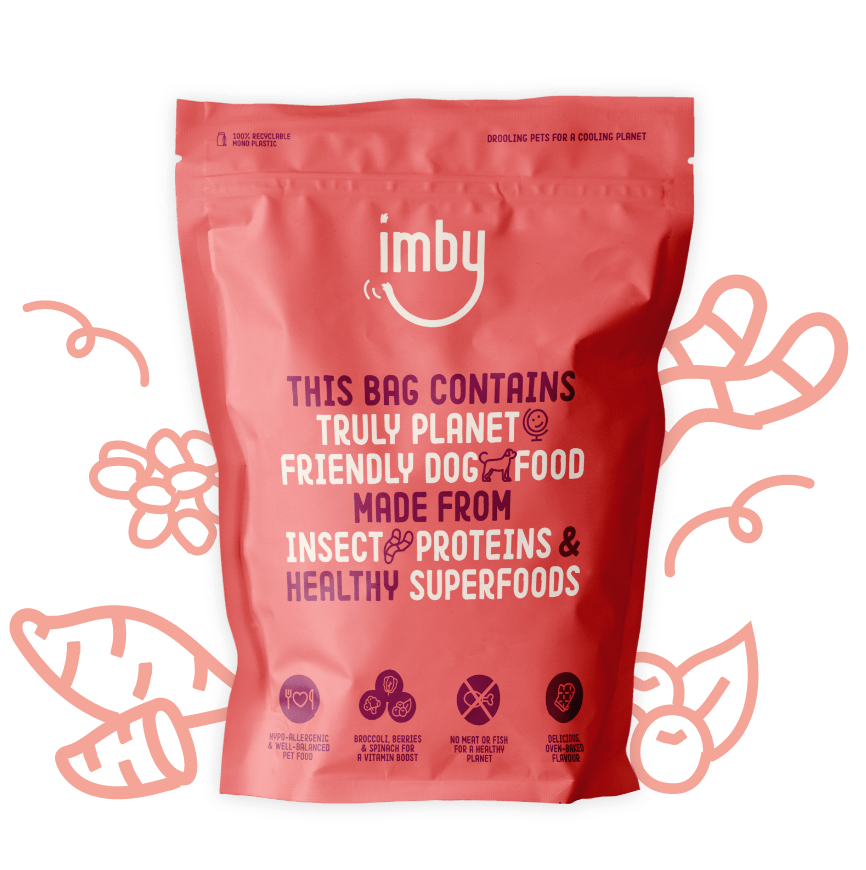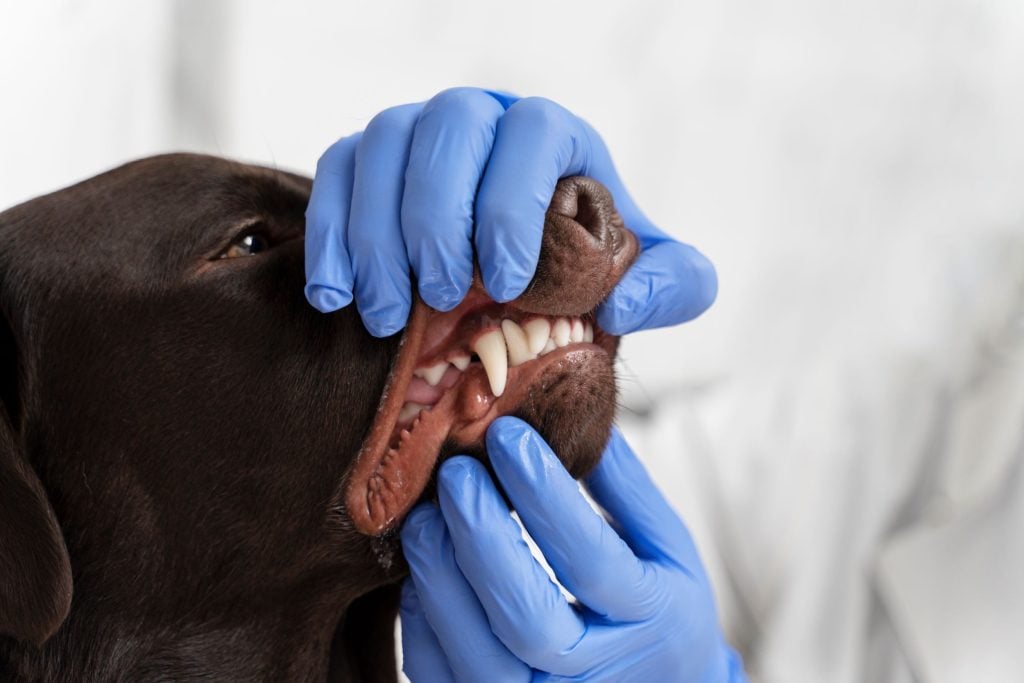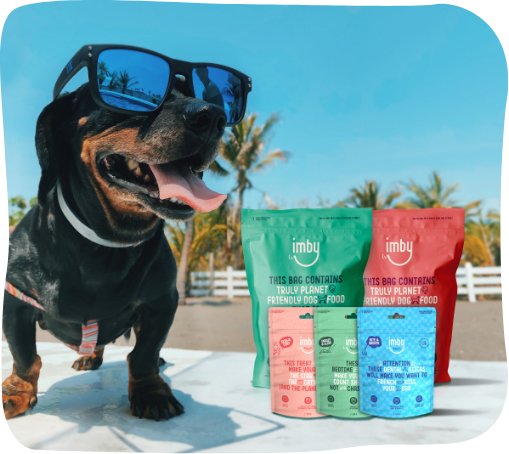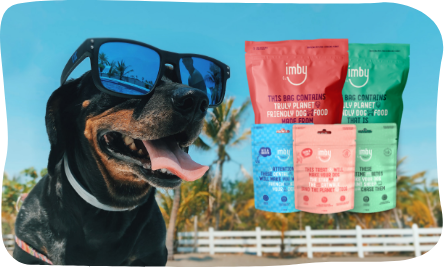Use code CHANGE20 for 20% off your first dog food order!
Use code CHANGE20 for 20% off your first dog food order!



Every dog owner can relate: picking up dog poop is one of the more unpleasant parts of being a dog owner. But on the other hand, it is very important to know what is normal and abnormal about dog poop. After all, a healthy bowel movement in dogs generally equals good health.
So next time you pick up a pile of dog poop, pay attention before you put it in a dog poop bag. This is because dog poop gives a good idea about digestive health, stool health and general immunity in dogs.
There are 4 important characteristics to look for when examining dog feces more closely. Below, we take a closer look at each of these 4 characteristics.

The ideal dog poop has the shape of a tree trunk and the consistency of “Play-Doh” or for those who don’t know it, soft clay. It should be crushable but hold its shape when you pick it up. There are many things that affect the consistency of dog poop. Listed below are 3 important characteristics that require some action.
Hard stools or constipation (pictured left): Possible causes are dehydration or lack of fiber in the diet. You can solve this by giving your dog enough water and exercising more with your four-legged friend.
Increased or decreased volume (center image): This can be caused by digestive problems, a change in diet or an intestinal infection. Again, the recommendation is to hydrate well and schedule plenty of activity.
Shapeless stools or diarrhea (pictured right): This can have a variety of causes, but is often linked to a change in diet, a food allergy or an infection. Drinking lots of water, feeding hypoallergenic dog food or adding a probiotic supplement to the meal are definitely recommended solutions here.

The perfect dog poop should be chocolate brown in color. This is a sign of a healthy bowel movement. If the color deviates from this, it is best to consult your veterinarian. Here are some indications of what the different colors of dog poop can mean.
Yellow stool in dogs: An orange or yellow color can indicate a liver problem in your dog. Consult your veterinarian soon.
Green dog poop: Green poop may indicate a problem with the gallbladder or may be the result of eating grass.
Gray poop: A possible cause could be a problem with the pancreas.
Dog poop with black color: Black stool is usually a sign of bleeding in the upper part of the intestinal tract. This should be watched closely and examined promptly.

To know exactly what is in your dog’s poop, you need a microscope. So this is best left to the veterinarian. However, sometimes you can see peculiar things yourself with the naked eye. If you see 1 of the features below, then it’s best to visit your veterinarian.
Red streaks in the stool: May indicate blood and should then be investigated further. If the consistency of dog poop is normal, it could also be caused by a tear in the anus.
Ricey white spots: Watch out for worms. Have a fecal exam first and as reach for an anthelmintic if the exam confirms rice-shaped tapeworm segments.
Scraps of grass (or other unknown matter): Dogs may occasionally eat random matter. This may not cause any harm. However, if you suspect congestion in the intestinal tract, it is best to have a veterinarian look at the stool.
Fur in the stool: Eating your own hair can be a sign of stress, anxiety or allergy. Some dogs can then be helped by an anti-stress supplement or a dietary supplement for skin & coat.
Ideally, a healthy dog poop should not contain any mucus or slippery coating. Very occasionally, a layer of mucus is normal, as it allows the stool to slide a little more smoothly through the colon.
Constant mucus, however, is a sign of intestinal inflammation and can be caused by parasites or bacterial infections. Treatment for signs of mucus depends on the underlying cause. If it is related to food intolerances and allergies, dietary changes (hypoallergenic dog food) and probiotics may be all your four-legged friend needs. In more severe cases, antibiotics may be necessary.
See, that was quite a sandwich about dog poop. Below we briefly summarize the main points:





It's all to make your browsing and shopping experience at Imby, a real treat! Read more about it in our Privacy Policy.
4.8 out of 5 stars
based on 1171 reviews



"*" indicates required fields